Generative AI is reshaping the landscape of creativity, offering unprecedented tools to artists, writers, and designers. But as we integrate these technologies into creative workflows, questions arise. Is this innovation unlocking new potential or signaling the decline of human originality?
From enhancing productivity to challenging the essence of originality, Generative AI occupies a controversial yet transformative space. Its rapid adoption across industries highlights the profound impact it has on how we create, share, and consume content.
In this article, we’ll delve into the dynamics of generative AI, its benefits, potential pitfalls, and its broader implications for creativity and originality. Whether you’re an enthusiast or a skeptic, understanding this evolution is crucial as we navigate this digital age.
Contents:
- What is Generative AI and How Does It Work?
- Generative AI's Impact on Creative Industries
- The Debate: Enhanced Creativity vs. Loss of Originality
- Ethical Concerns Surrounding Generative AI
- Generative AI: A Tool for Collaboration or Competition?
Conclusion

1. What is Generative AI and How Does It Work?
Generative AI refers to algorithms capable of creating new content—text, images, music, and more—based on training data. Powered by machine learning, particularly deep learning, these systems analyze patterns and replicate them to generate original outputs.
At the core of generative models are neural networks like Generative Adversarial Networks (GANs) and transformers, including OpenAI’s GPT series. These technologies excel at producing realistic and contextually accurate results, mimicking human creativity with striking precision.

Key elements of Generative AI include:
- Training Data: The foundation of all AI models. They learn from vast datasets, ensuring outputs that reflect their training materials.
- Neural Networks: Complex architectures designed to replicate how the human brain processes information.
- Fine-Tuning: Adapting pre-trained models for specific tasks to improve relevance and accuracy.
The result? AI tools capable of generating poems, creating photorealistic images, or composing symphonies—all in seconds.
2. Generative AI's Impact on Creative Industries
The influence of generative AI extends far beyond tech enthusiasts. Creative industries have embraced these tools to streamline workflows and push the boundaries of possibility.
Here are some applications:
- Advertising: AI-generated content allows marketers to produce personalized campaigns at scale.
- Film and Media: From de-aging actors to creating entire movie scenes, AI is transforming production.
- Design: AI tools like DALL-E generate images based on text descriptions, revolutionizing graphic design.
Despite these advancements, concerns linger about the loss of jobs and over-reliance on algorithms. The balance between leveraging AI and preserving human input remains a delicate dance.
3. The Debate: Enhanced Creativity vs. Loss of Originality
Generative AI has sparked a polarizing debate: does it enhance creativity or erode originality?

On one hand, AI democratizes access to creative tools, empowering individuals without formal training to create high-quality content. This enhanced accessibility opens doors for new voices and perspectives in creative spaces.
Conversely, critics argue that relying on AI undermines human originality. By replicating existing patterns, AI often produces derivative works, raising questions about the future of innovation. The uniqueness that defines human creativity may risk dilution in a sea of algorithmic outputs.
“Generative AI amplifies potential, but at what cost to the authenticity of the creative process?”
The ongoing challenge is to strike a balance between using AI as a tool to augment human creativity while safeguarding the essence of originality.
4. Ethical Concerns Surrounding Generative AI
While generative AI offers incredible possibilities, it also brings significant ethical concerns that cannot be ignored. The use of AI-generated content raises questions about transparency, accountability, and bias.
The main key ethical issues are:
- Plagiarism: Since AI learns from pre-existing data, it can inadvertently replicate copyrighted content, leading to legal disputes and ethical dilemmas.
- Bias in Outputs: AI models inherit biases from their training datasets, which can perpetuate stereotypes or create discriminatory content.
- Lack of Transparency: AI-generated content often lacks clear attribution, blurring the lines between human and machine authorship.
As the adoption of generative AI grows, addressing these concerns will require stricter regulations, improved model training, and increased transparency to ensure ethical use.
5. Generative AI: A Tool for Collaboration or Competition?

Generative AI's dual nature as both a collaborator and competitor in creative fields highlights its complexity. On one hand, it enhances human creativity by automating repetitive tasks, enabling professionals to focus on innovation. On the other hand, its rapid capabilities pose a threat to traditional creative roles.
Collaborative Benefits:
- AI tools assist in brainstorming ideas, generating drafts, and producing visual concepts, acting as an extension of the creator’s imagination.
- By automating routine tasks, AI allows creators to focus on higher-level thinking and artistic refinement.
Competitive Challenges:
- AI-generated content reduces the demand for certain creative jobs, particularly in industries like graphic design, copywriting, and content creation.
- The ease of AI use creates a saturated market where distinguishing human work from machine-generated outputs becomes increasingly difficult.
Ultimately, whether generative AI serves as a collaborator or competitor depends on how it is integrated into workflows. Embracing its potential while recognizing its limitations will shape its role in the creative process.
Conclusion
Generative AI represents both a remarkable tool and a profound challenge to the creative world. Its ability to enhance productivity, democratize creativity, and push the boundaries of innovation is undeniable. However, its reliance on pre-existing data and potential to dilute originality raise critical questions about its long-term impact.
As we move forward, the key lies in finding a balance: leveraging AI to complement human ingenuity while safeguarding the authenticity that defines true creativity. This evolving relationship between technology and art will determine whether generative AI becomes a catalyst for innovation or a cautionary tale of misplaced reliance.
The journey of integrating generative AI into creative fields is just beginning. By navigating this path thoughtfully and responsibly, we can ensure that it becomes a tool for empowerment rather than a substitute for the unique brilliance of human creativity.
What do you think? Tell us in the comments below.

 Access Request Form
Access Request Form
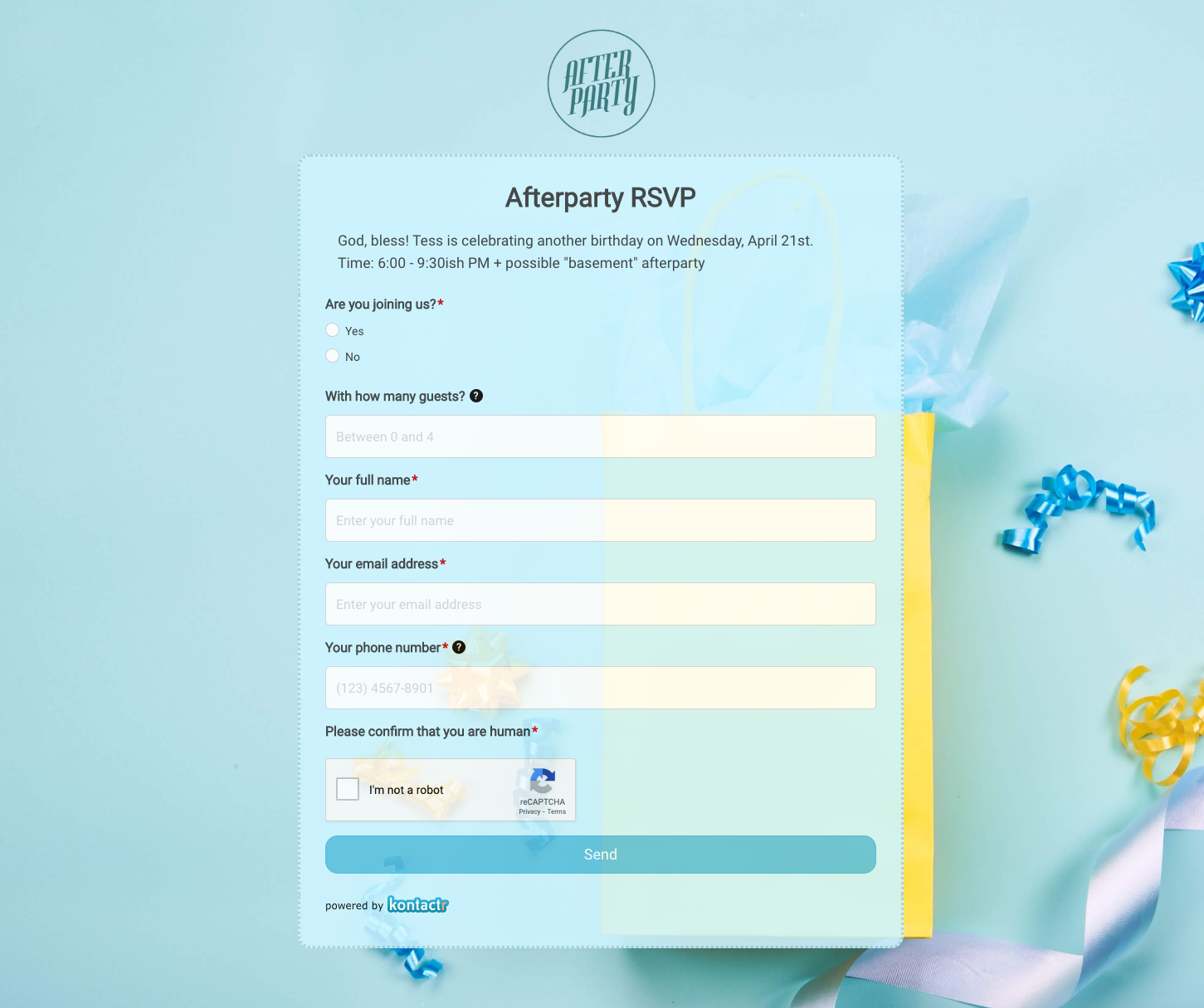 Afterparty RSVP Form
Afterparty RSVP Form
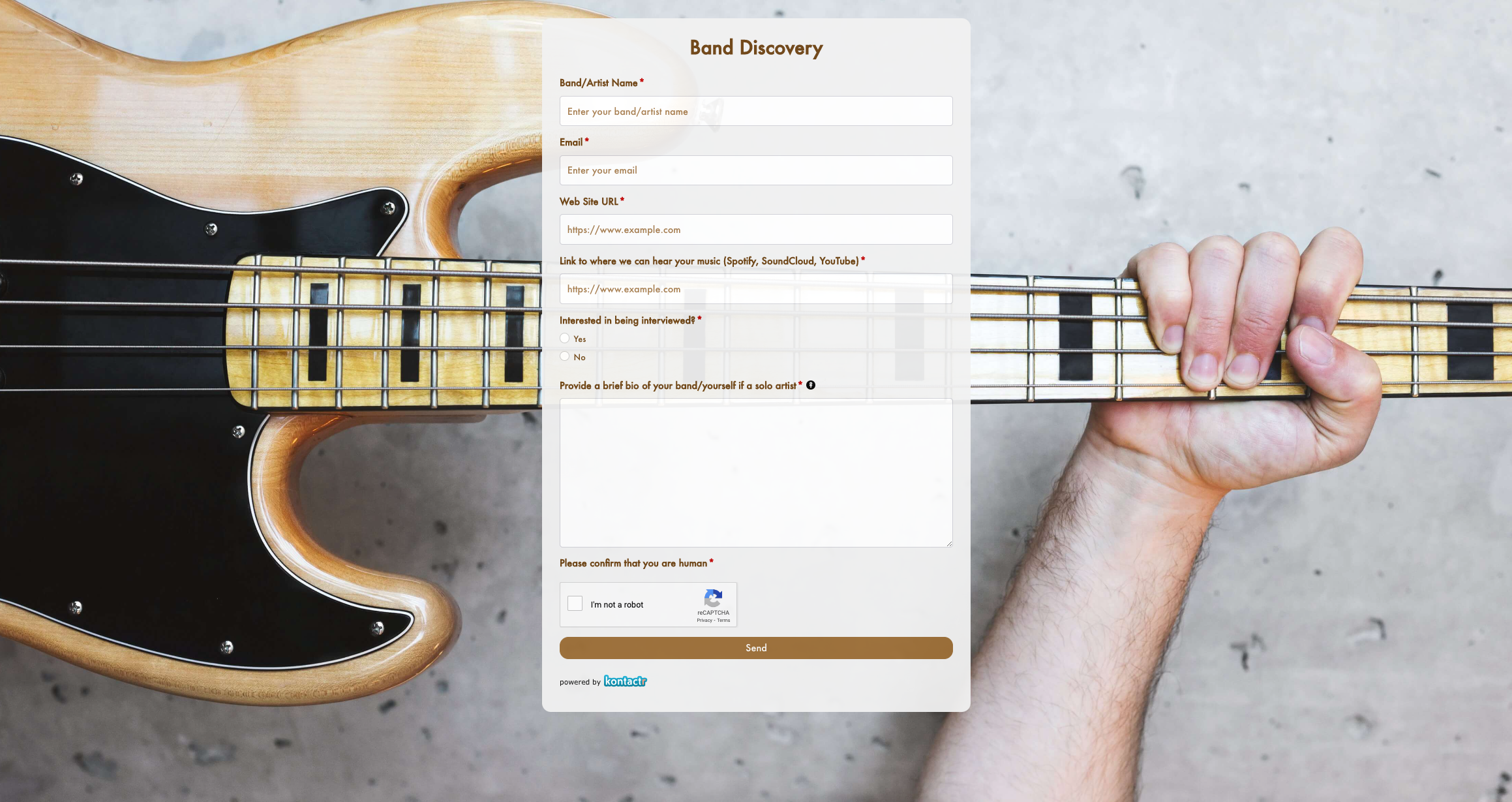 Band Discovery Form
Band Discovery Form
 Book a room Form
Book a room Form
 Booking Enquiries Form
Booking Enquiries Form
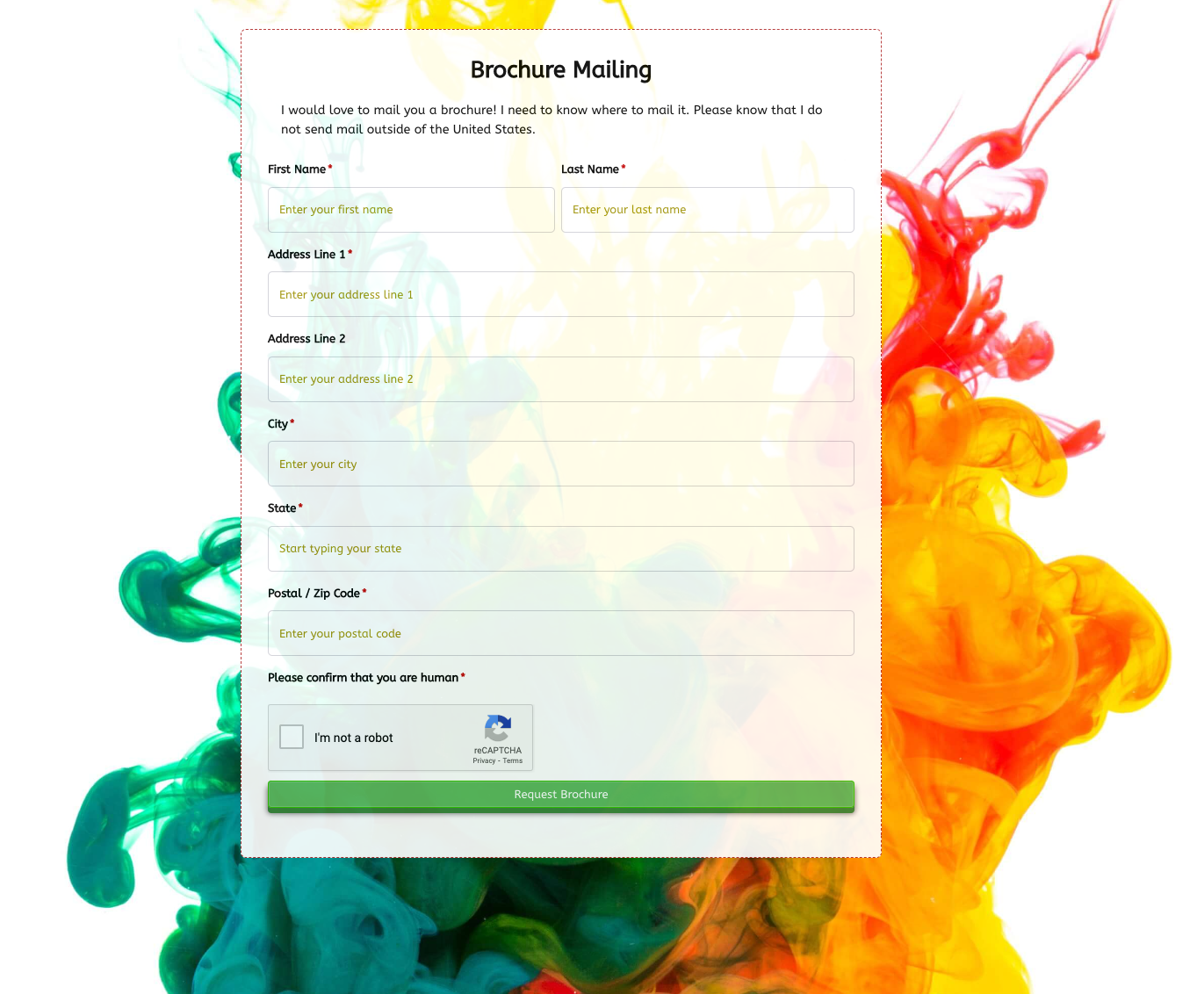 Brochure Mailing Form
Brochure Mailing Form
 Buy a Home Form
Buy a Home Form
 Catalog Request Form
Catalog Request Form
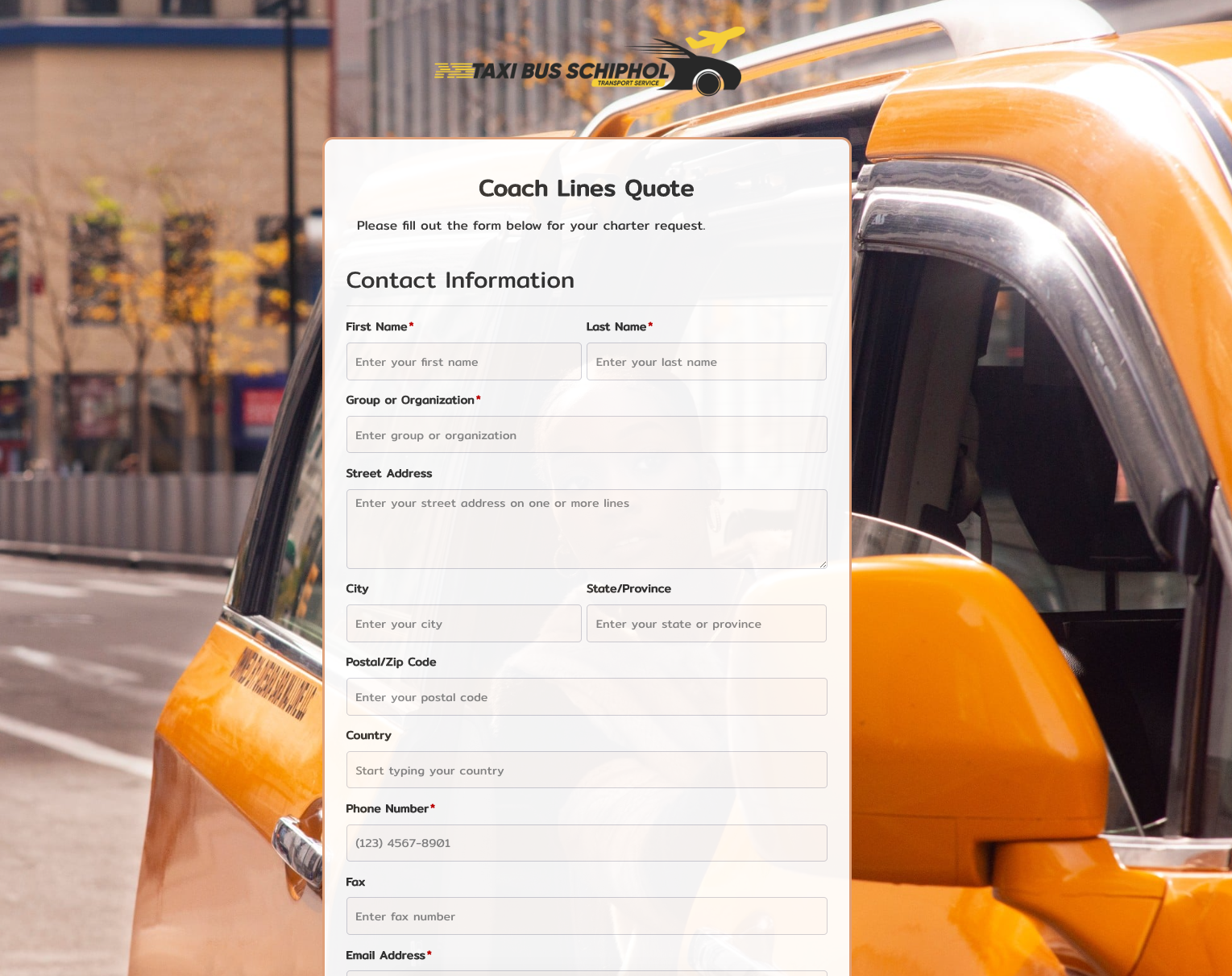 Coach Lines Quote Form
Coach Lines Quote Form
 Contact Us Form
Contact Us Form
 Credit Application Form
Credit Application Form
 Drop me a line Form
Drop me a line Form
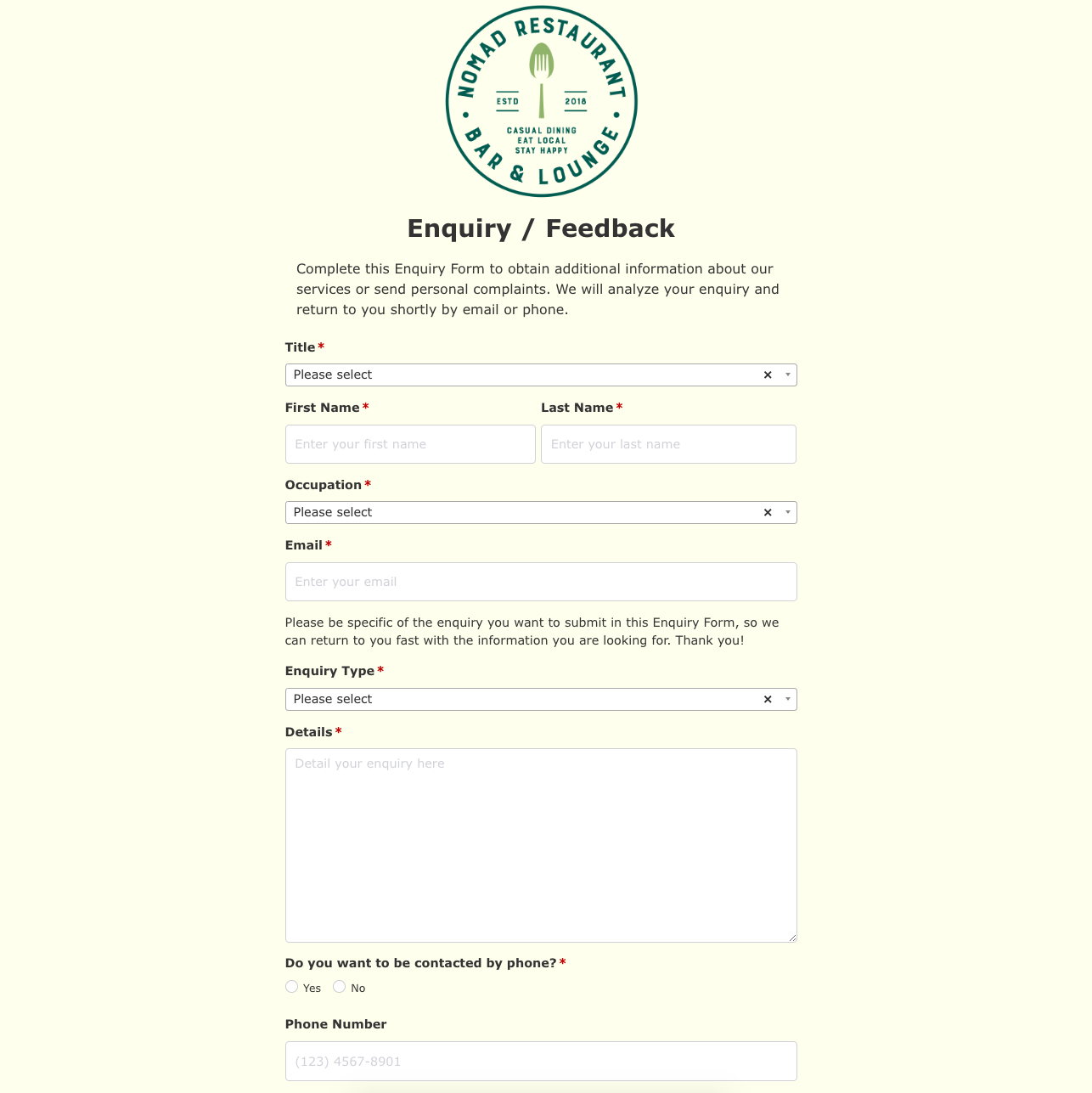 Enquiry / Feedback Form
Enquiry / Feedback Form
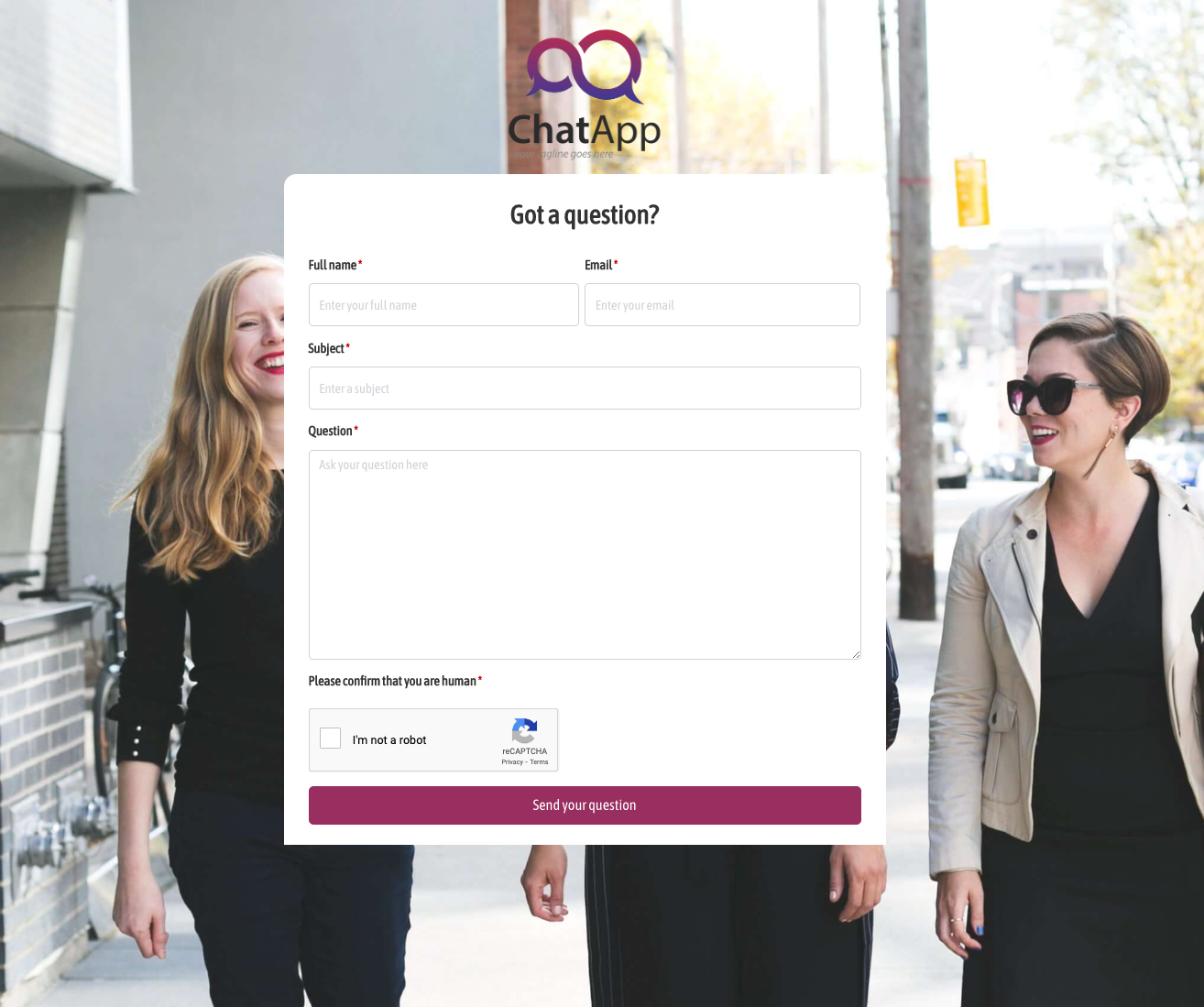 Got a question? Form
Got a question? Form
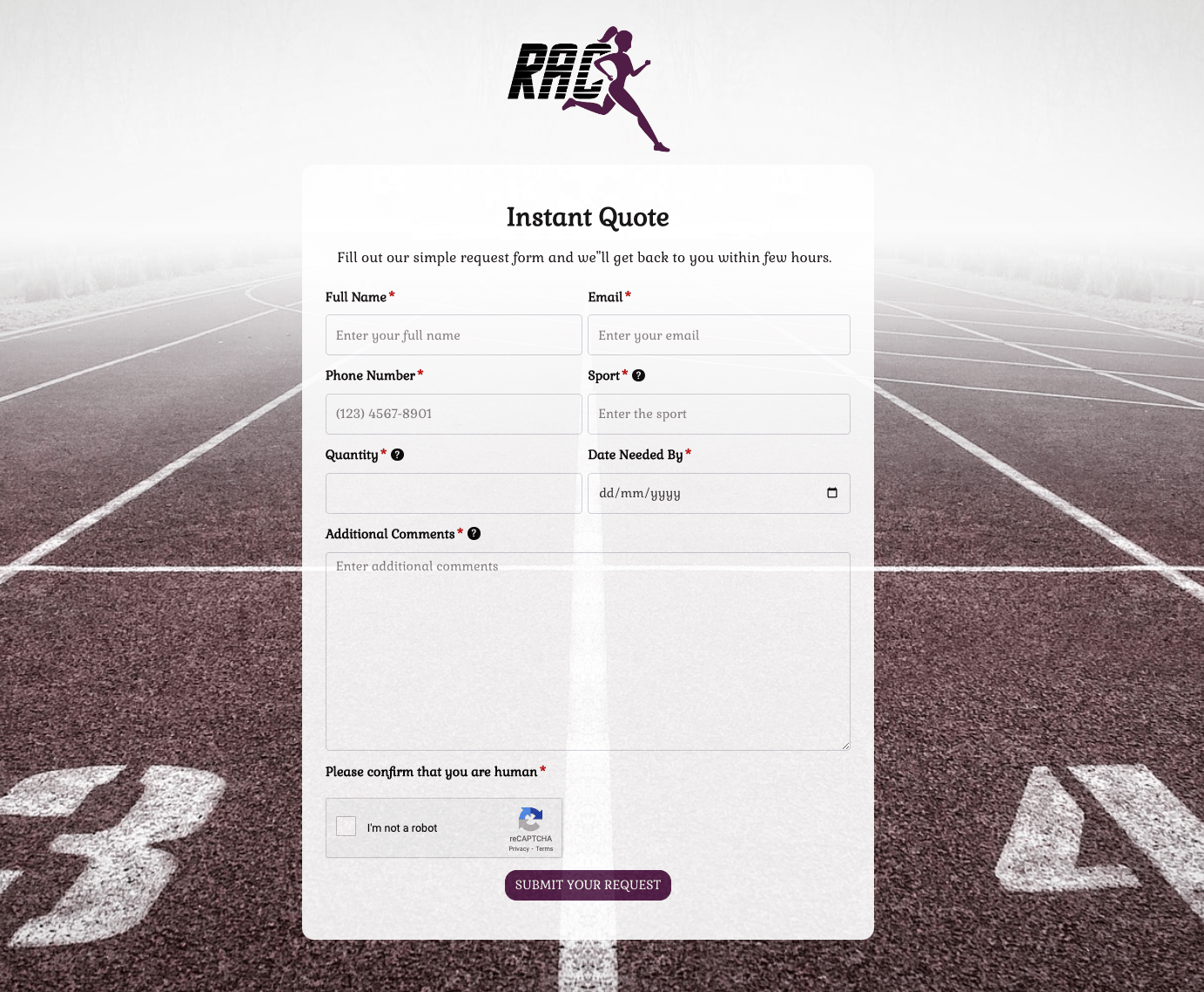 Instant Quote Form
Instant Quote Form
 Job Application Form
Job Application Form
 Language & Literacy Lab Form
Language & Literacy Lab Form
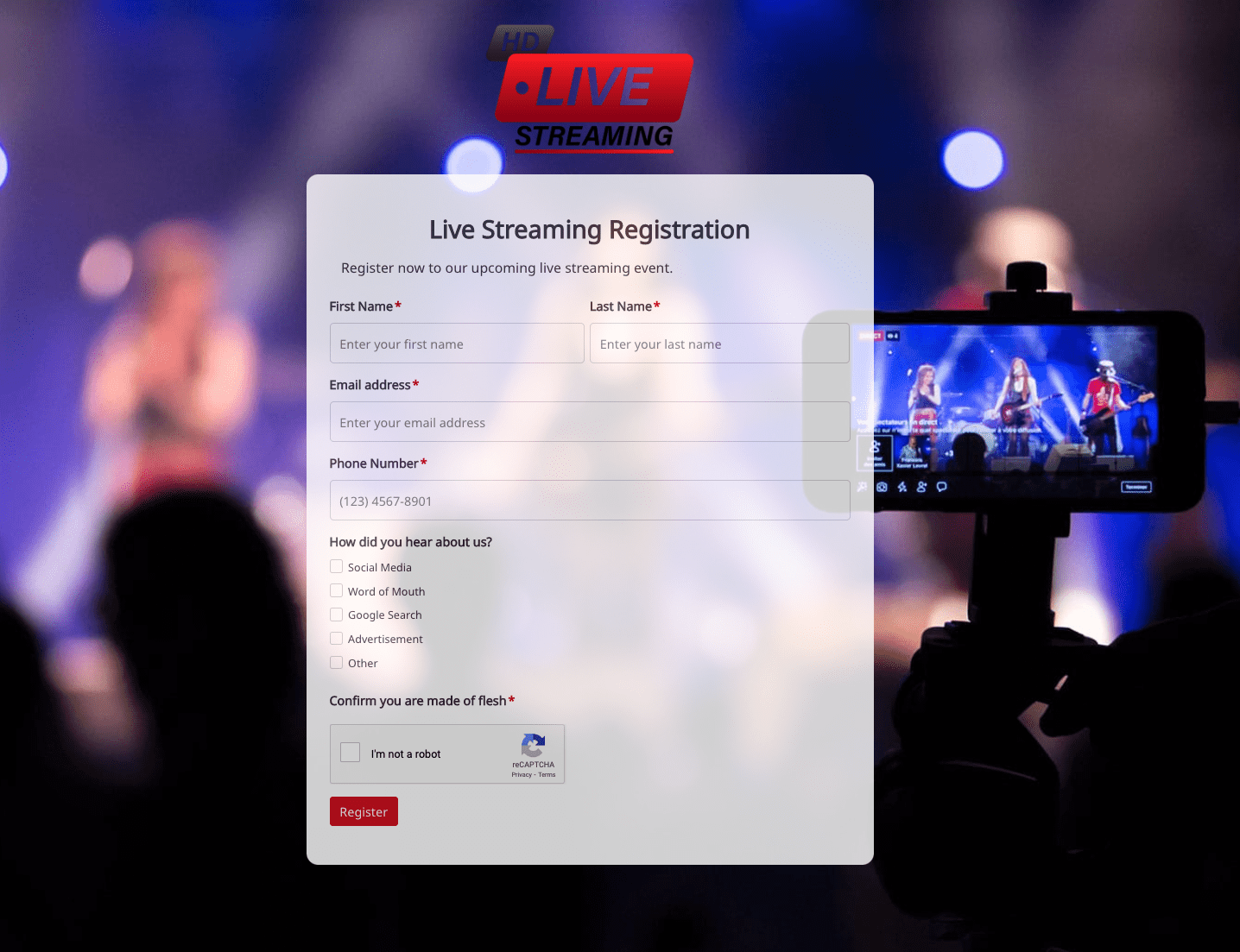 Live Streaming Registration Form
Live Streaming Registration Form
 More Information Form
More Information Form
 Order Exchange Form
Order Exchange Form
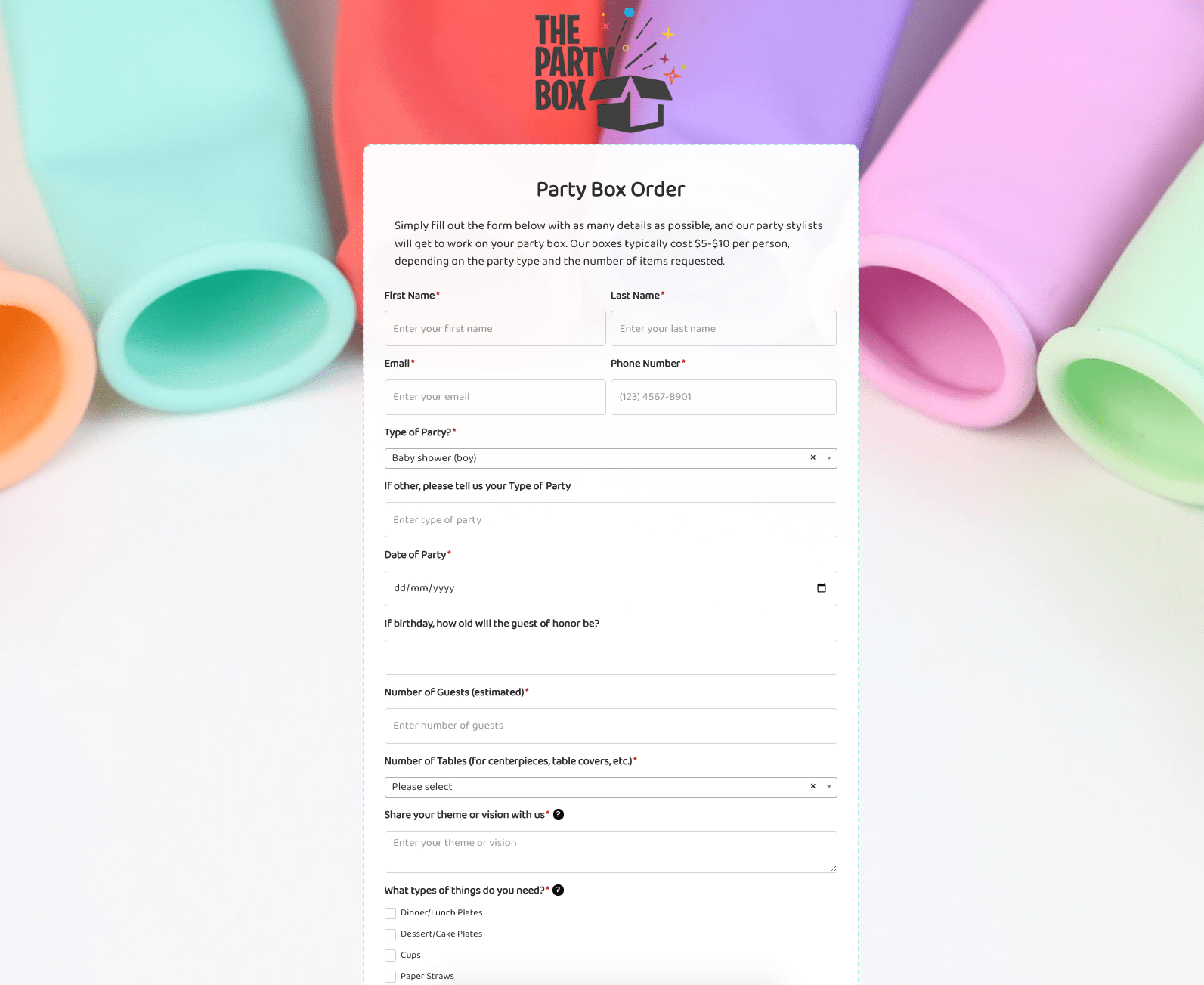 Party Box Order Form
Party Box Order Form
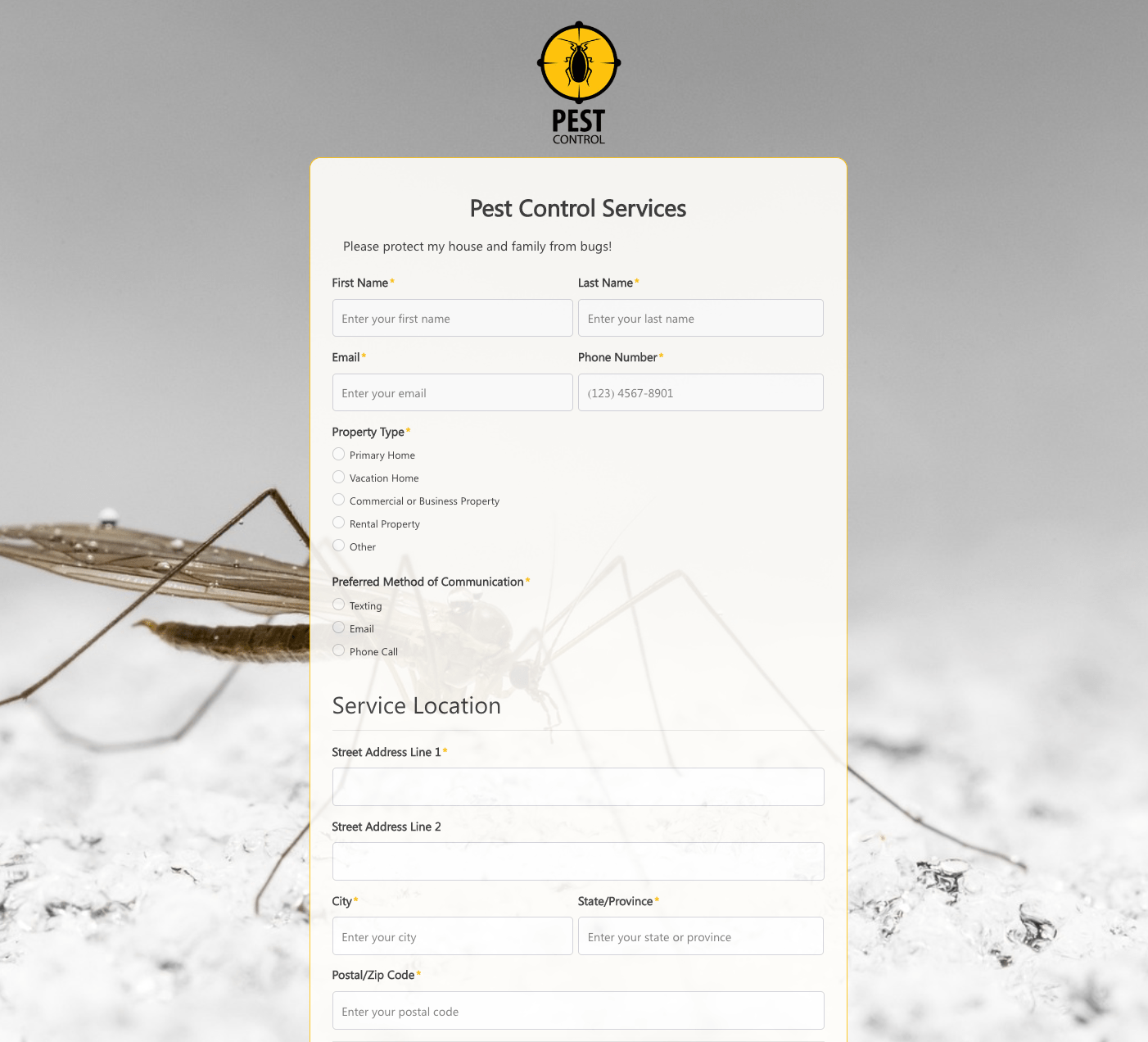 Pest Control Services Form
Pest Control Services Form
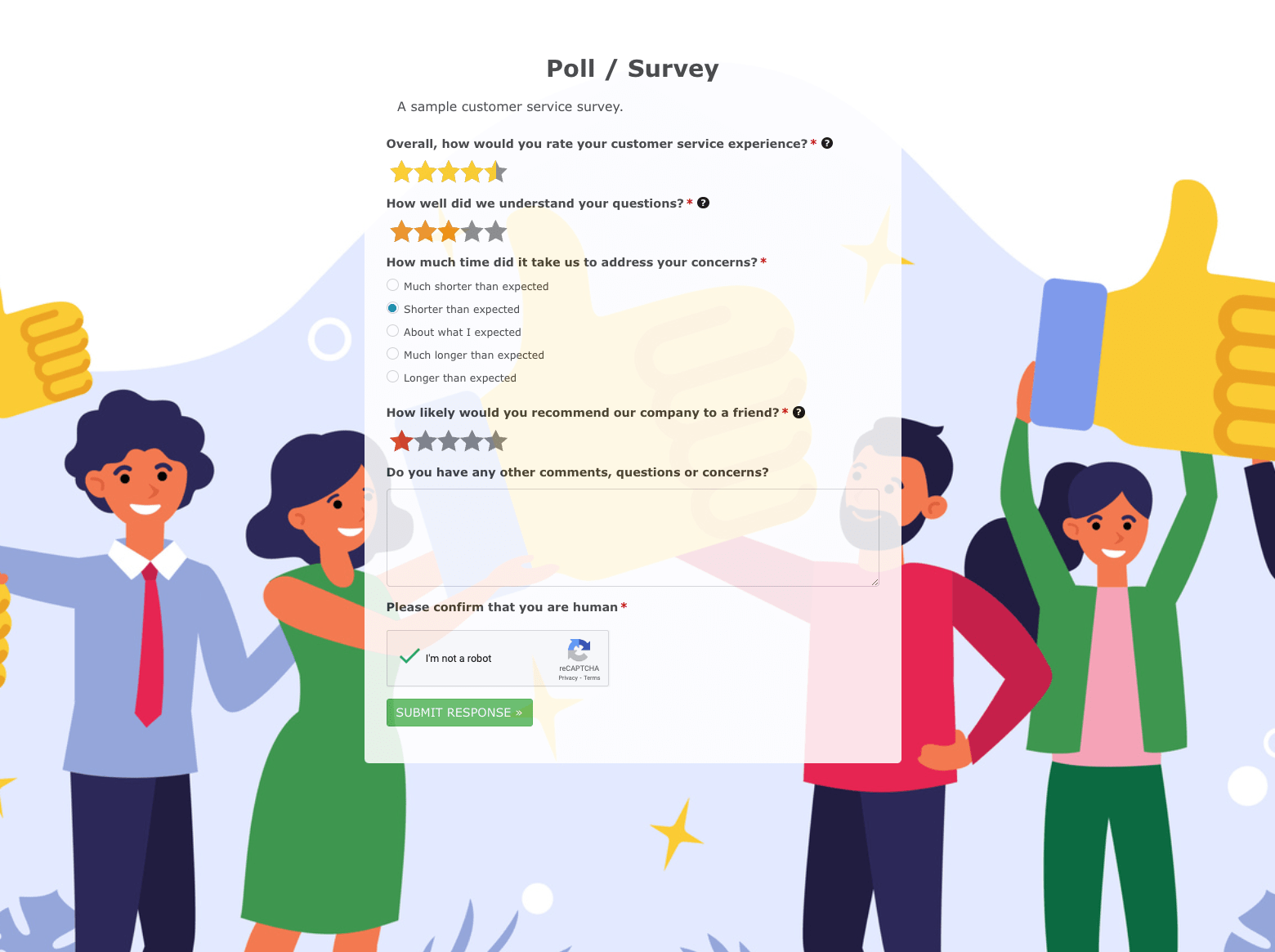 Poll / Survey Form
Poll / Survey Form
 Receive Ebook Form
Receive Ebook Form
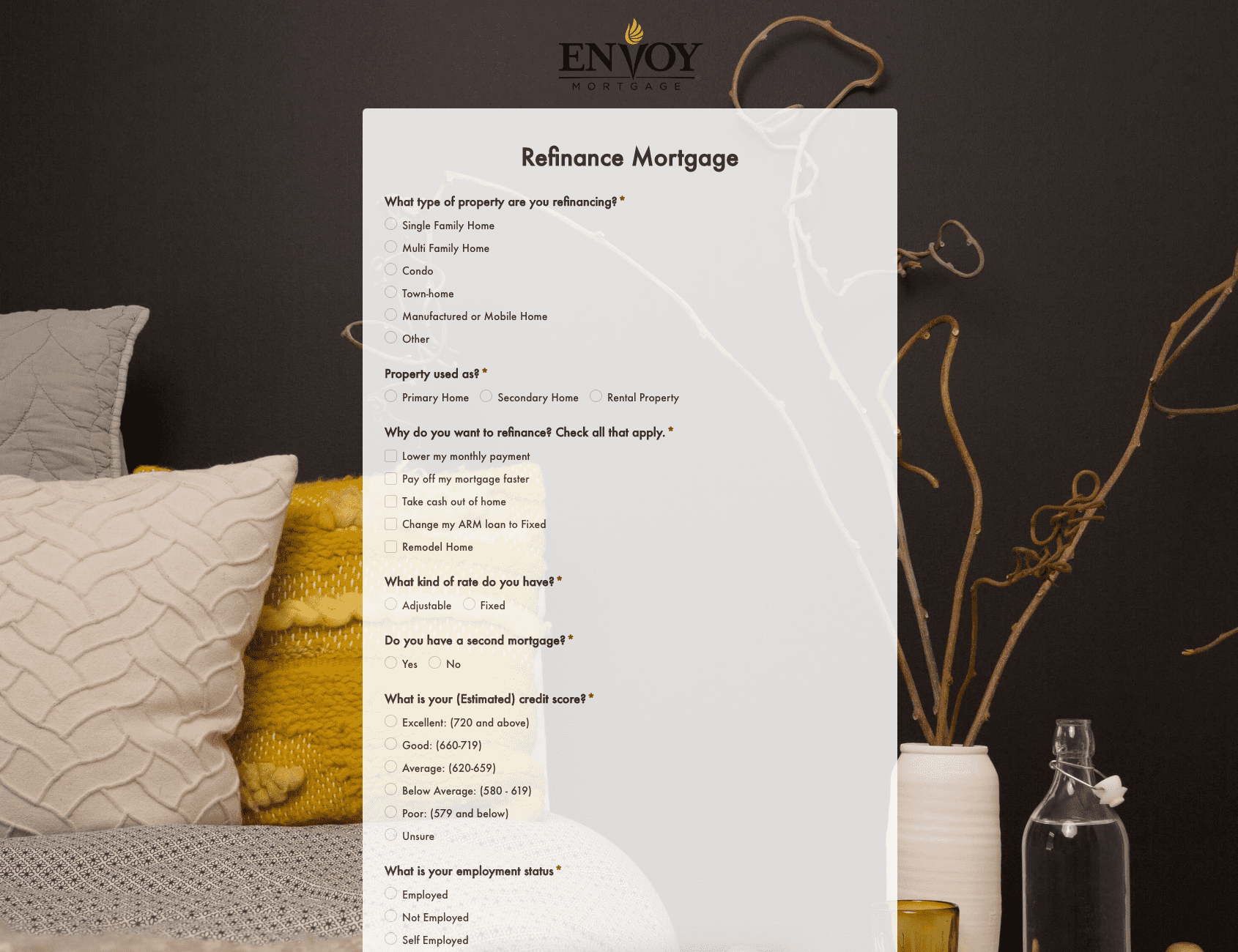 Refinance Mortgage Form
Refinance Mortgage Form
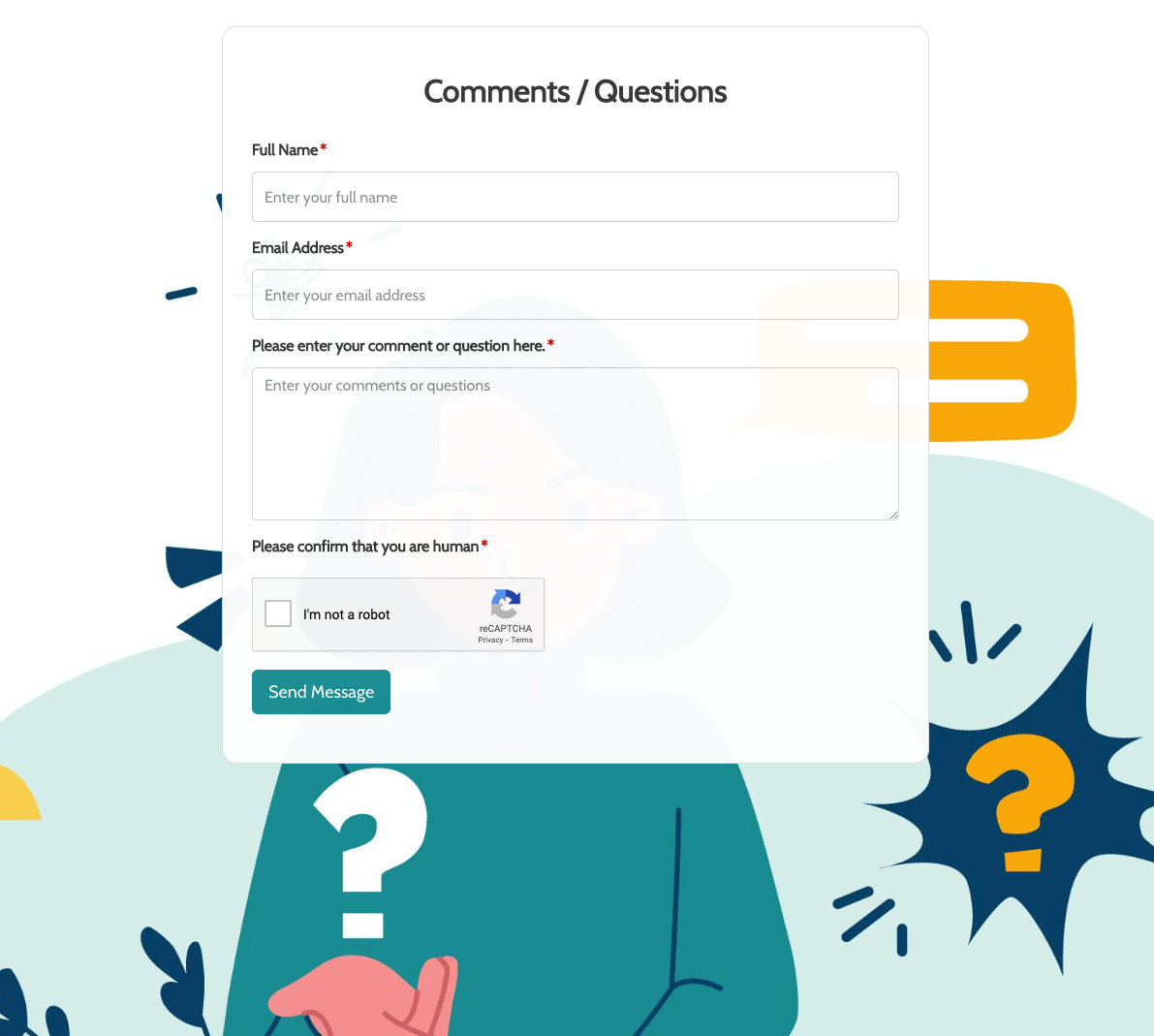 Remarks / Questions Form
Remarks / Questions Form
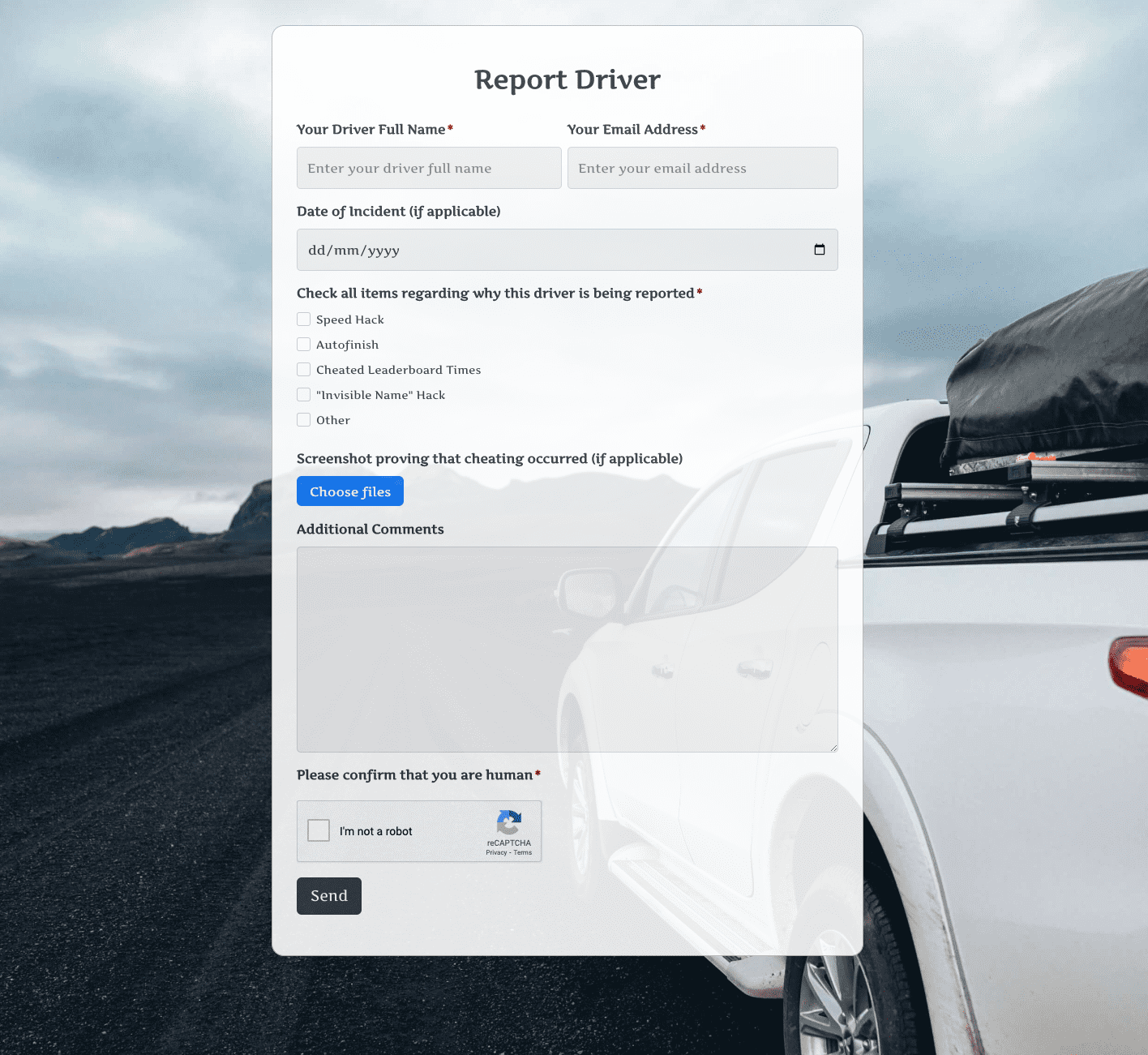 Report Driver Form
Report Driver Form
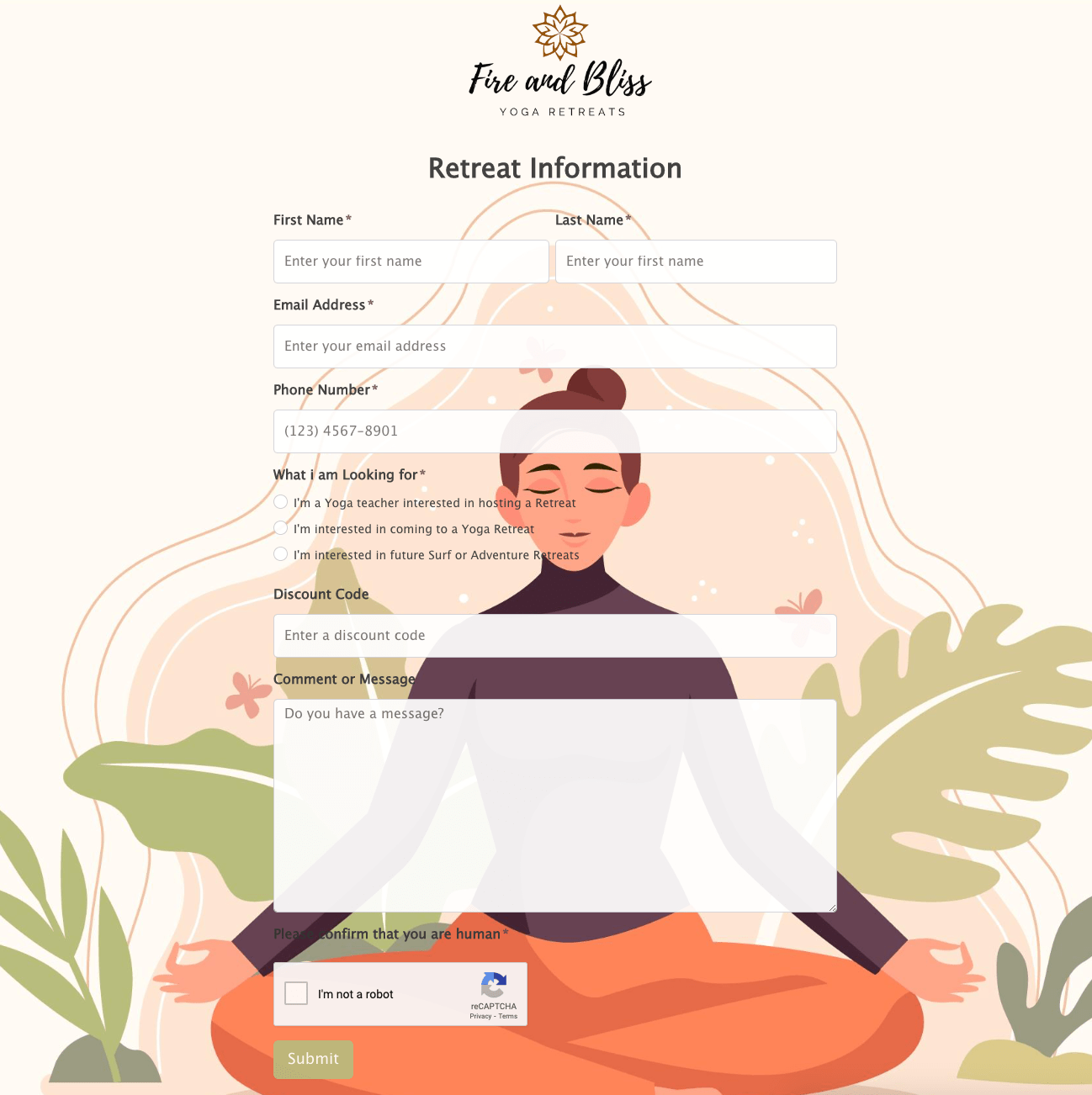 Retreat Information Form
Retreat Information Form
 Service Enquiry Form
Service Enquiry Form
 Skydiving Registration Form
Skydiving Registration Form
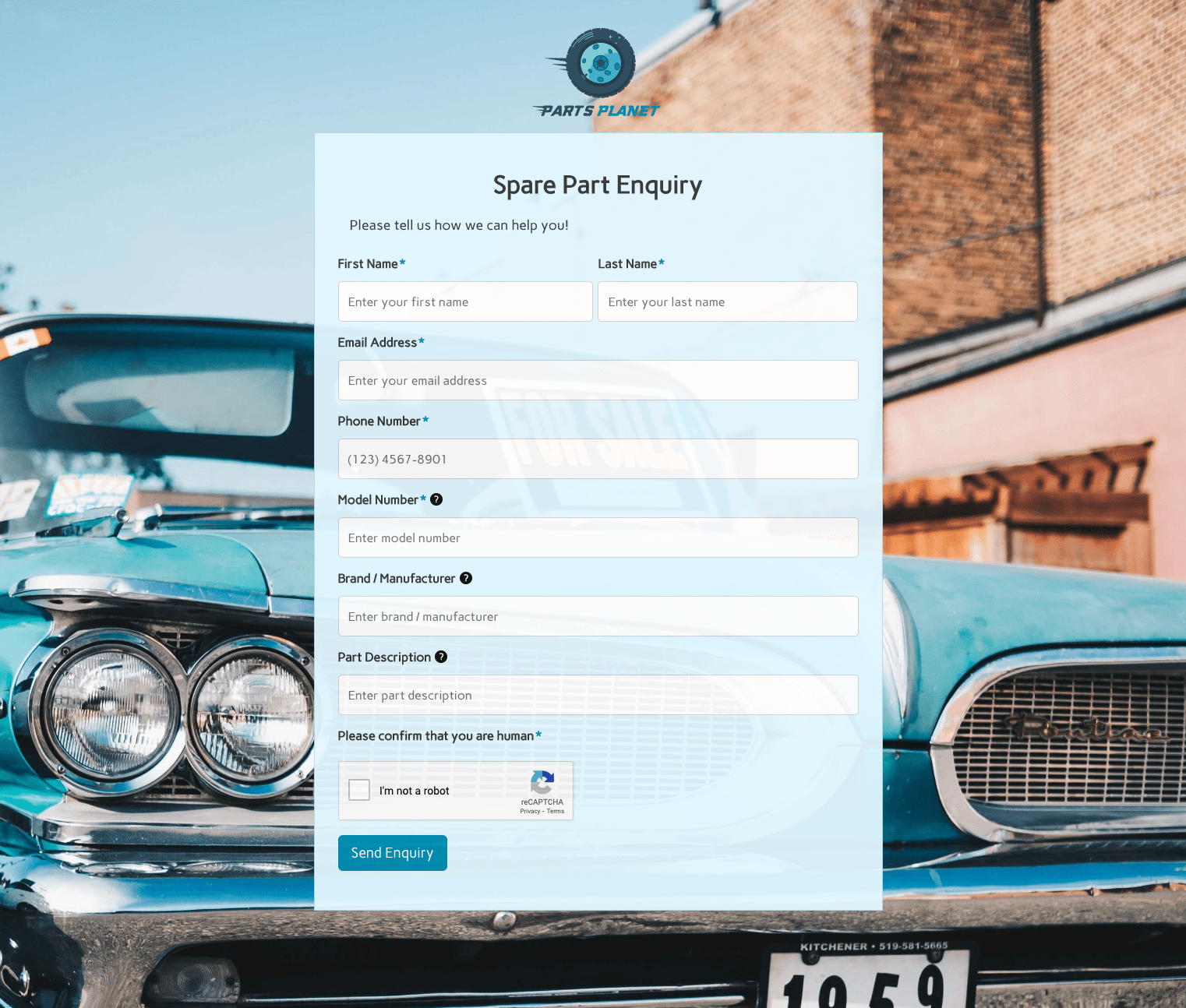 Spare Part Enquiry Form
Spare Part Enquiry Form
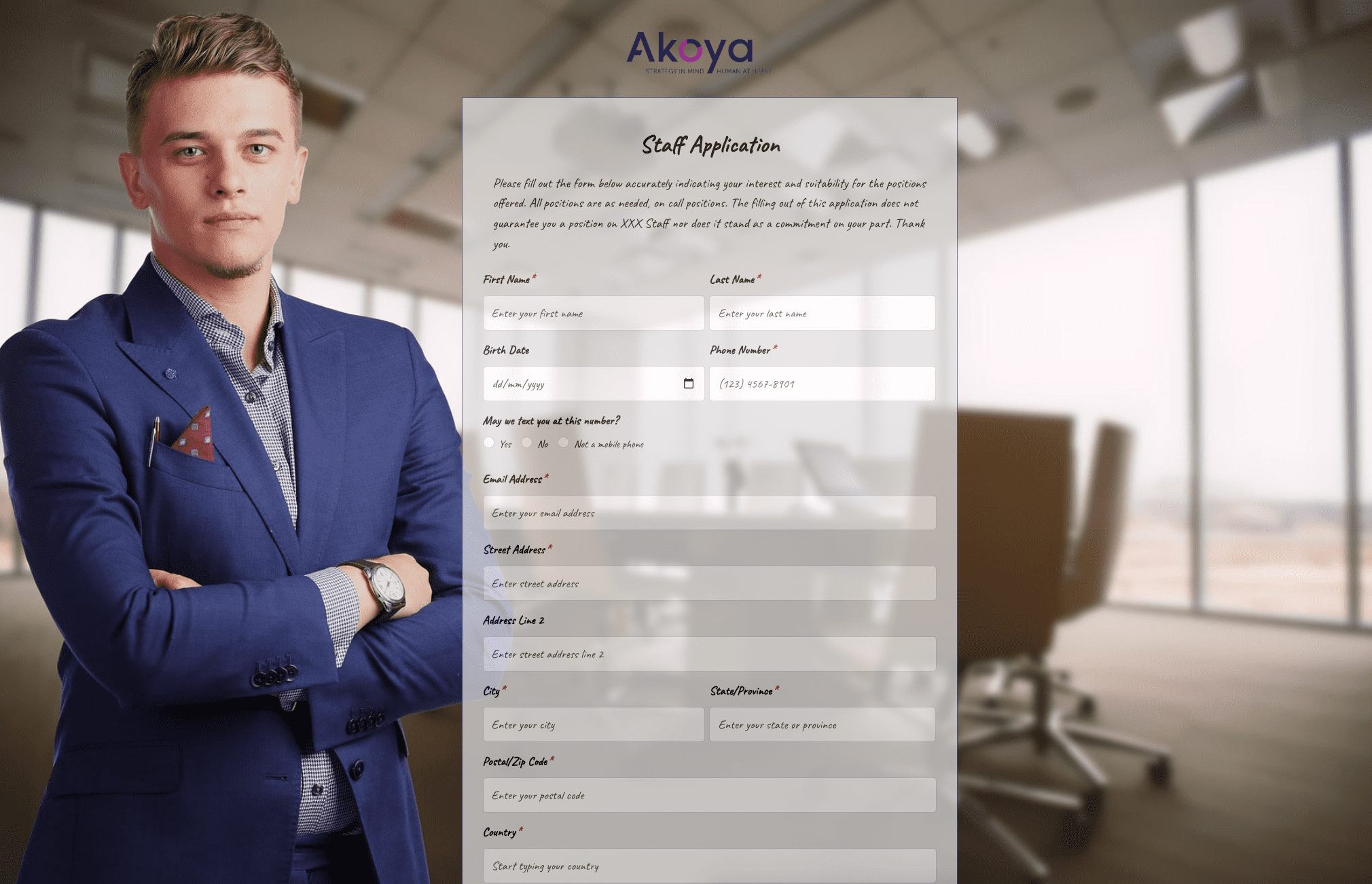 Staff Application Form
Staff Application Form
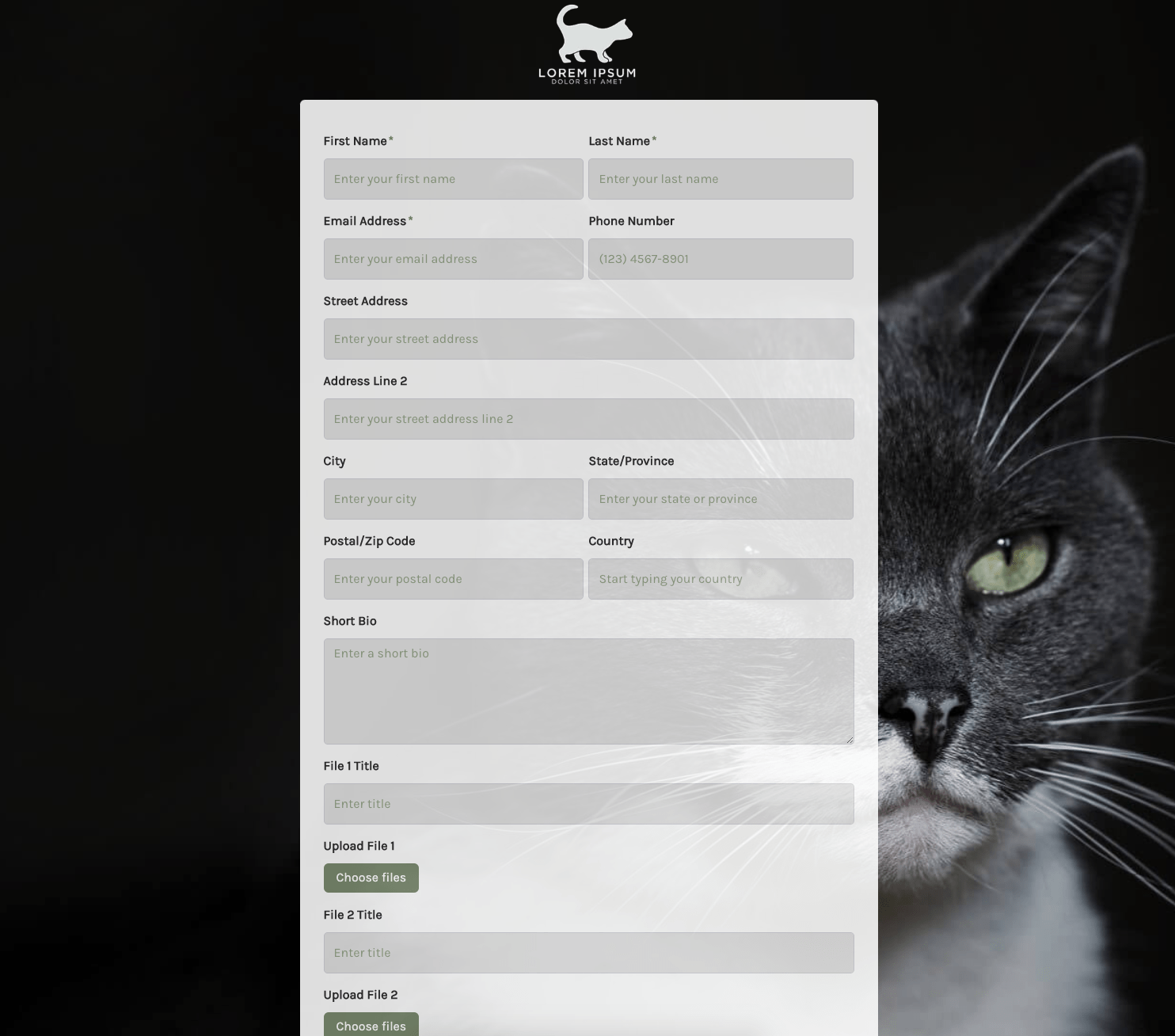 Submission Form
Submission Form
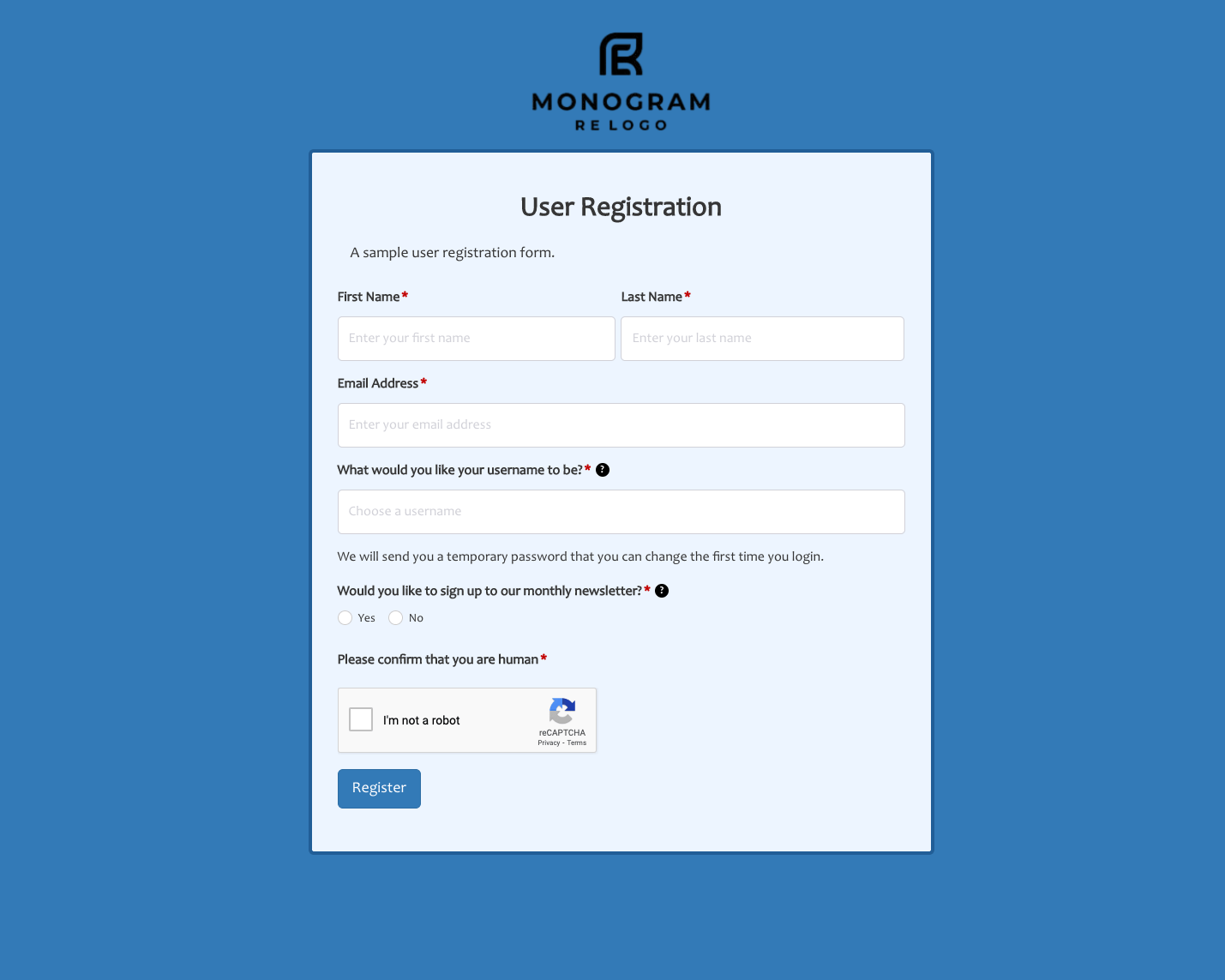 User Registration Form
User Registration Form
 Website Under Construction Form
Website Under Construction Form
 Wedding Photographer Form
Wedding Photographer Form
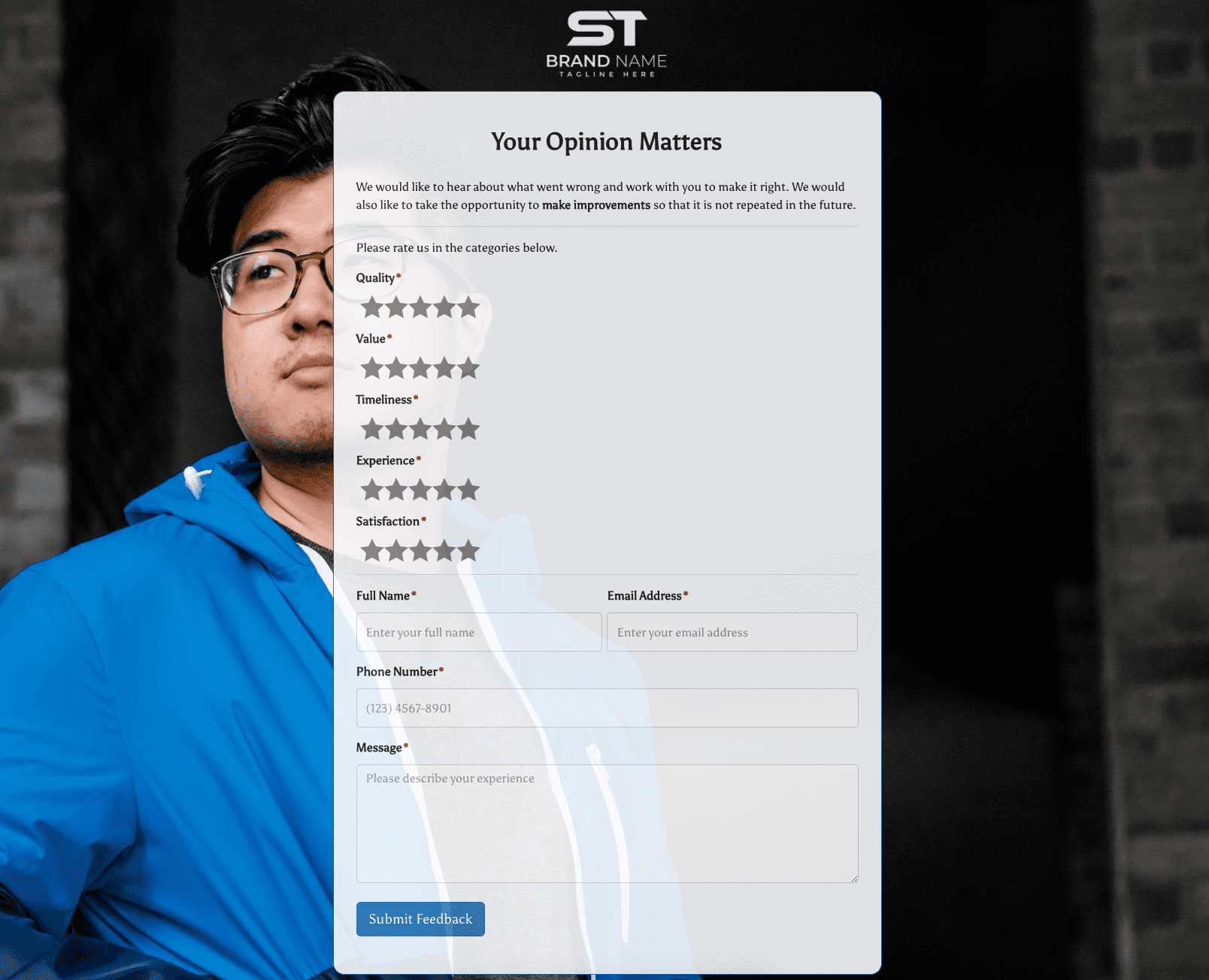 Your Opinion Matters Form
Your Opinion Matters Form






.png)




.jpg)






.jpeg)


